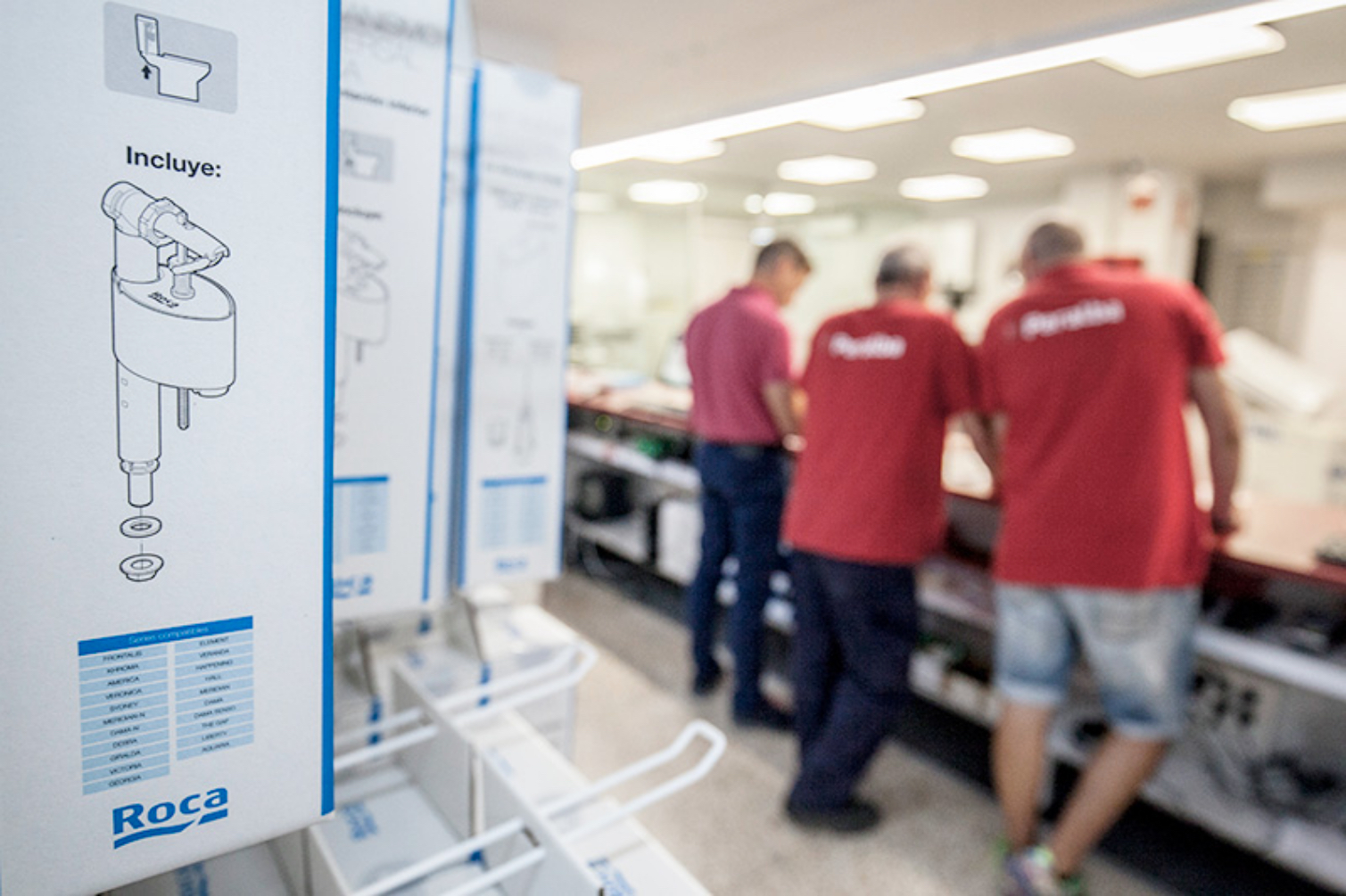

For textures, you want more precision on darker colors because of the logarithmic human eye response we just talked about. This notion of encoding a power law into color values is useful elsewhere in the graphics pipeline too, especially in textures. The "calibrate color" tool can detect these newer monitors, and inform users that calibration is already in place. There are also well-defined color profiles for particular monitors that automate this process. Users can run this tool by searching for "calibrate color".
#GAMMA CONTROL GRATUIT WINDOWS#
Windows includes a tool that lets users calibrate their displays to gamma 2.2, and this tool uses the lookup table hardware to derive a carefully-chosen subtle tweak for their computers. Proper color matching does of course require exquisite care with this function, but that discussion is beyond the scope of this topic. This means that the perceived brightness of a pixel goes up very roughly linearly with the RGB values in that pixel.īecause a gamma value of 2.2 has become a de-facto standard, we typically don’t need to worry too much about the gamma curve encoded in this table, and can leave it as a linear, one-to-one mapping. The human eye also has a response function which approximately inverts the CRT power function. The sRGB standard declares that this gamma value is exactly 2.2, and this value has become a widely implemented standard.
#GAMMA CONTROL GRATUIT SOFTWARE#
LCD monitors and all other newer technologies are specifically engineered to exhibit a similar response so all our software and images don’t have to be recalibrated for those new technologies. The gamma value is typically close to a value of 2.0. A CRT (that is, an old-fashioned glass) monitor’s response is a complex function, but the physics of these monitors mean that they exhibit a response that can be crudely represented by this power function: The science of determining gamma correction is complex, and is not presented here, other than to illuminate where the name “gamma” came from.

In fact, we recommend that you leave the gamma table alone because it might be in use to calibrate the monitor’s response, and wholesale changes to the gamma ramp will destroy this careful calibration. In modern game apps, as part of the post-processing of each frame, we typically provide other ways to do such things. That’s what this table was intended for, but game developers found creative uses for it, such as flashing the whole screen red for psychological effect. The monitor’s response is the function that relates the numerical value of the red, green and blue components of a pixel with that pixel’s displayed brightness. While the table has that level of power, the typical usage is to tweak images subtly to compensate for differences in the monitor’s response. So, this lookup table is an opportunity to replace any color with any other color.

This hardware uses the red, green and blue values that come from the surface to be displayed to look up gamma-corrected values in the table and then sends the corrected values to the monitor instead of the actual surface values. This hardware typically uses a lookup table to transform the pixels.
#GAMMA CONTROL GRATUIT CODE#
Gamma correction, or gamma for short, is the name of a nonlinear operation that systems use to code and decode pixel values in images.Īt the end of the graphics pipeline, just where the image leaves the computer to make its journey along the monitor cable, there is a small piece of hardware that can transform pixel values on the fly.


 0 kommentar(er)
0 kommentar(er)
